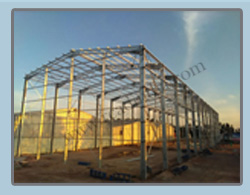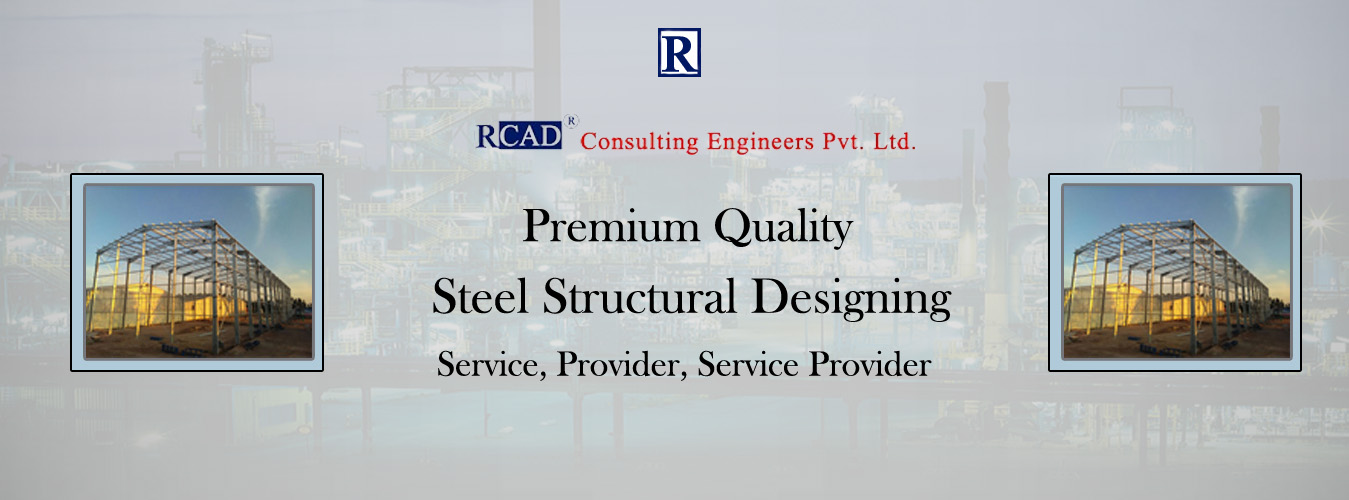Steel Structural Designing
Steel structural designing involves the planning, analysis, and detailed design of steel structures to support loads and resist forces in various applications such as buildings, bridges, industrial facilities, and infrastructure.
- Steel is a commonly used construction material due to its high strength-to-weight ratio, durability, versatility, and recyclability. Steel structural designers must understand the mechanical properties of steel, including yield strength, ultimate tensile strength, modulus of elasticity, and ductility, to ensure structural integrity and performance.
- Steel structural design must comply with industry codes and standards, such as the American Institute of Steel Construction (AISC) in the United States, Eurocode in Europe, and various national building codes. These standards provide guidelines for designing steel structures to ensure safety, reliability, and durability.
- Steel structural designers analyze the loads and forces acting on the structure, including dead loads (weight of the structure itself), live loads (occupant and environmental loads), wind loads, snow loads, seismic loads, and other dynamic forces. Understanding these loads is critical for sizing structural members and ensuring structural stability.
- Structural analysis is performed to evaluate the behavior and response of steel structures under various loading conditions. Engineers use analytical methods, such as finite element analysis (FEA), as well as computer-aided design (CAD) and structural analysis software, to analyze structural elements and verify their performance.
- Steel structural designers determine the size, shape, and configuration of structural members, such as beams, columns, braces, and connections, based on the structural analysis and design requirements. They select appropriate steel sections (e.g., wide flange, I-beam, channel, angle) and design connections to ensure adequate strength, stiffness, and stability.
Material Properties :
Design Codes and Standards :
Loads and Forces :
Structural Analysis :
Member Sizing and Design :








